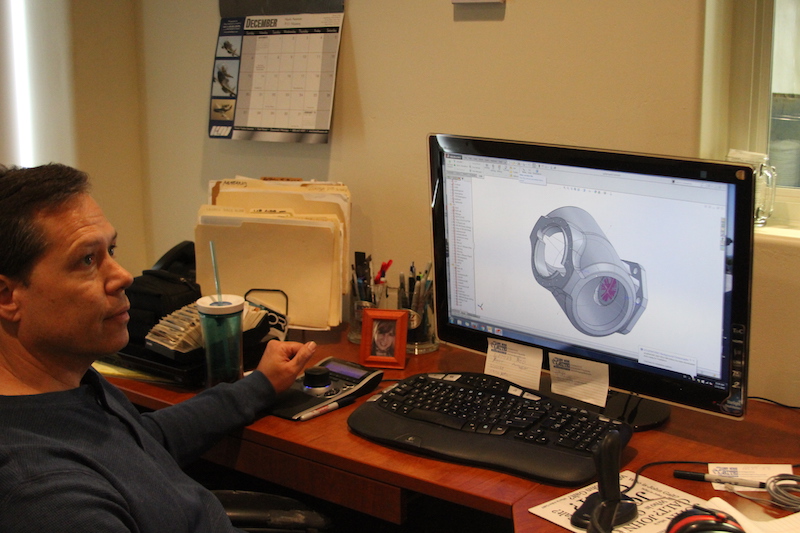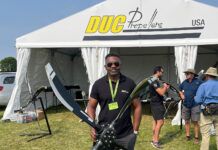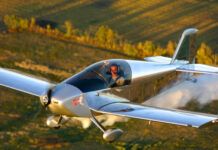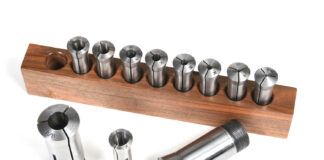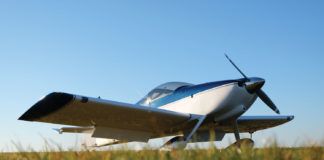Gillespie Field in El Cajon, California is an interesting place for experimental aviators. With no signs to tell you what’s in a row if tall T-hangars on the southeast side, you’d never know that it is home to a number of key manufacturers in our industry. I’ll only mention one today – Whirl Wind Propellers, a maker of composite props for aircraft, airboats, and anything else that needs a blade to move air. We dropped in on the owner and founder, Jim Rust to find out how they design and build their wide variety of props.
Jim has been designing and building props for decades, and is current on the latest tools to analyze not only the aerodynamics, but the structure of the props they build. Propellers see cyclical loads far beyond what most aircraft structure will be exposed to, and must be carefully designed to work with the power plants on which they are going to be installed. It’s not just a matter of making sure the bolt patterns on the prop and crankcase flanges line up. The engine’s compression ratio, ignition system, induction, horsepower rating – and maybe the phases of the moon and locations of the planets seem to have an influence. Props that work perfectly well on one engine start having structural issues when installed on a slightly different model engine – even one of the same manufacturer and displacement.
Whirl Wind uses sophisticated software analysis tools to look at the vibration dynamics of each configuration, and backs up that analysis with instrumented testing on props on actual flying airplanes. Strain gauges are installed on the blades and the loads are checked against predictions. Even with all of this, they can be surprised hen a new prop goes out in the field and is used on customer airplanes – and they showed us several blades that represent hours of work with customers to solve specific problems – usually customers with unusual engines or engine configurations.
We got a chance to walk through Whirl Wind’s production facility to see how blades and hubs are made, and we’ll be covering this in a future issue of Kitplanes, so stay tuned!

